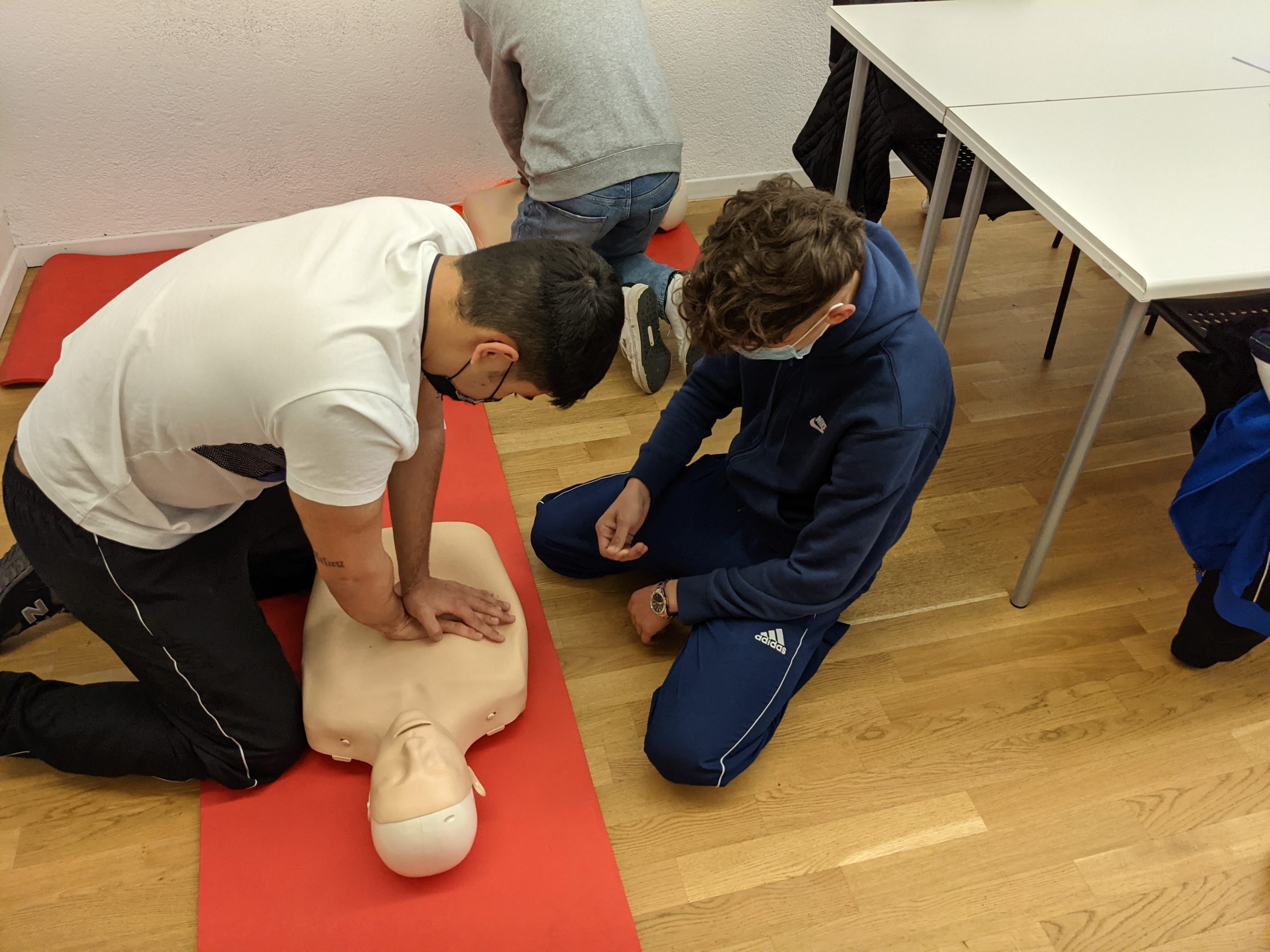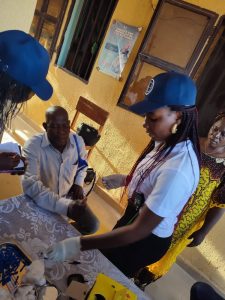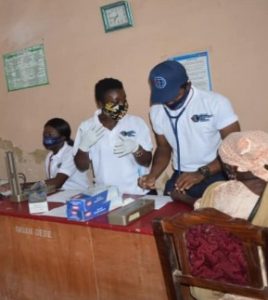Personal health preparedness isn’t only about collecting supplies. Level up your emergency preparedness. Learn practical skills you can use to help yourself and others. Here are 7 skills you can learn to prepare for an emergency, in no particular order.
- How to administer CPR. Cardiopulmonary resuscitation (CPR) can help save a person’s life if their breathing or heart stops. You don’t need a special certification or formal training to perform CPR, but you do need education. Hands-only CPR is simple to learn and easy to remember.
- How to work an automated external defibrillator (AED). AEDs give step-by-step voice instructions, but training is still recommended. Training classes can teach you how to recognize the signs of a sudden cardiac arrest, when to call emergency medical services, how to administer CPR, and how to use an AED.
- How to perform first aid. The risk for injury during and after an emergency like a natural disaster is high. Prompt first aid can help heal small wounds and prevent infection. It is important to know how to care for cuts, burns, and other kinds of injuries. Keep a well-stocked and maintained first-aid kit that includes an emergency first-aid reference guide.
- How to stop severe bleeding. Serious injuries can cause heavy bleeding. A person who is bleeding can die from blood loss within five minutes. If you are a bystander to a medical emergency, you are the help until professional help arrives. Learning what to do in a bleeding emergency, including how to apply a tourniquet, can save a person’s life. A tourniquet is a last resort if applying pressure does not stop the bleeding.
- How to help someone who is choking. Fast action can save the life of someone who is choking. Young children are at especially high risk of choking. They can choke on foods like hot dogs and grapes, and small objects like toy pieces and coins. Learn when and how to do back blows and perform abdominal thrusts.
- How to use a fire extinguisher. Use fire extinguishers on small fires only. When operating a fire extinguisher, remember the acronym PASS:
- Pull the pin.
- Aim low at the base of the fire.
- Squeeze the lever slowly and evenly.
- Sweep the nozzle from side to side.
- How to call emergency number. While making the call is easy, you may not know what to expect when you call. Prepare to answer questions about yourself and the emergency. Your answers help the call-taker get the right kind of help to you. Also, don’t hang up until the call-taker instructs you to do so. Many emergency centers can tell you how to help until professional help arrives.





Nice job well done!